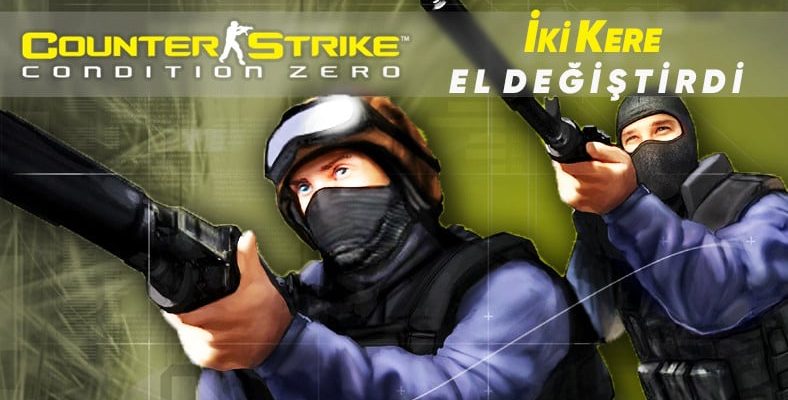Counter-Strike: Condition Zero was supposed to be the sequel to Counter-Strike, which was released as a mod for Half-Life in 1999. But a project that should be simple; It has turned into a nightmare filled with delays, cancellations and lawsuits. In this content, we’ll explore how Counter-Strike: Condition Zero became a disastrous failure and nearly ruined the reputation of its creators.
Counter-Strike is a science fiction shooter game developed by Valve that met on the internet. A mod for Half-Life two programmers who decided to collaborate on Minh Le and Jess Cliffe created by Valve realized the potential of Counter-Strike and hired Le and Cliffe to work on an official version of the mod that was released in 2000.
Counter-Strike has been a huge success, selling millions of copies and creating a competitive environment that has attracted professional players and sponsors. Valve wanted to capitalize on Counter-Strike’s popularity and introduced improved graphics, new weapons, maps and mods, as well as bots. A sequel that includes a single-player story mode decided to do it.
Valve assigned the project to Gearbox Software, a studio that previously worked on expansions for Half-Life. Gearbox Software began work on Counter-Strike: Condition Zero in 2001 and planned to release it in 2002. However, things did not go as expected… (Greetings to Kirazoğlu!)
The problems begin: Gearbox Software has taken a load that it can’t handle.
Never-released character models from Gearbox Software
The studio faced several challenges while developing Counter-Strike: Condition Zero. First, the sequel’s faithful to the original game but also be innovative and original They had to deal with the high expectations of fans who wanted to. Second, it’s not designed for modern graphics or single player gameplay with an old game engine they had to work. Third, working on similar projects like Tom Clancy’s Rainbow Six: Raven Shield and SWAT 4. they had to compete with other studios.
Gearbox Software has had a hard time finding a balance between satisfying fans and creating something new. They tried different ideas for the single-player story mode, including stealth gameplay, decisive choices, and adding stories. Moreover they tried to improve the graphics by adding new effects and models. But none of these ideas are related to the core gameplay of Counter-Strike or the limitations of the engine. didn’t work well. The result is outdated looking, poorly played and without identity it was a game.
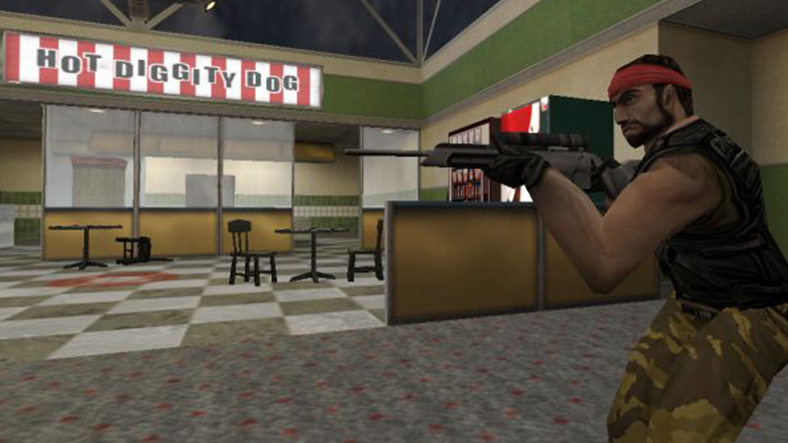
The game was delayed several times and received negative feedback from testers and critics who played the early versions of the game. Valve was unhappy with Gearbox Software’s progress and decided to take over the project in 2002. Valve fired Gearbox Software to end Counter-Strike: Condition Zero He hired another studio called Rogue Entertainment.
The problem remains: Rogue Entertainment, taking the load off Gearbox, also stumbled.
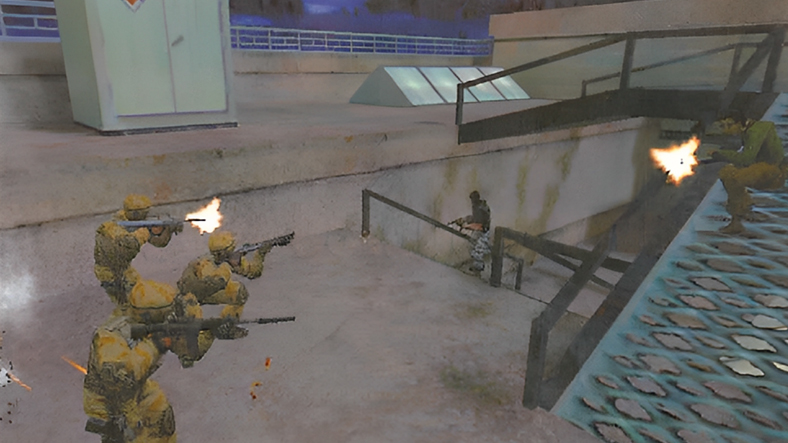
A shootout scene from the version developed by Rogue Entertainment
Rogue Entertainment was a small studio that worked on games like American McGee’s Alice and Quake II: The Reckoning. They inherited a dump from Gearbox Software, so they had to start from scratch. They decided to leave most of the single-player story mode aside and focus on creating a series of missions that would showcase different aspects of Counter-Strike gameplay. Moreover unlockable weapons, skins and achievements Added new features such as
Rogue Entertainment worked hard to deliver Counter-Strike: Condition Zero in 2003, but faced many challenges in the process. Bugs, crashes and compatibility issues They had to deal with technical issues such as Also, claims that they should be paid royalties for their work on Counter-Strike: Condition Zero. lawsuits filed by former Gearbox Software employees They had to deal with legal issues as well.
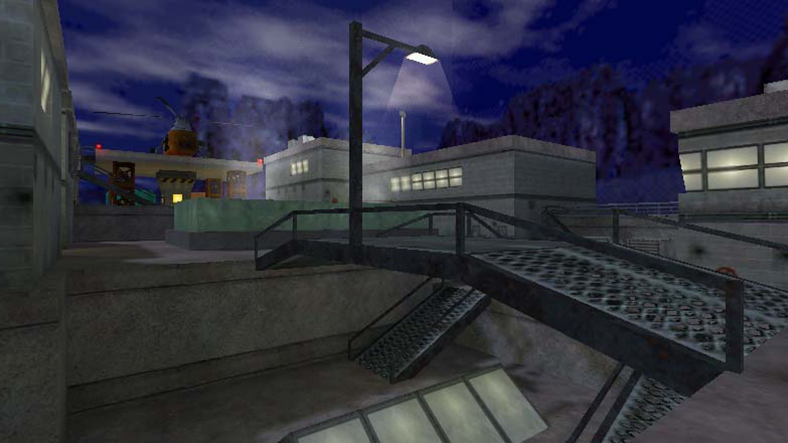
A map from the version developed by Rogue Entertainment
They also had to deal with competition from other games released in 2003, such as Call of Duty and Medal of Honor: Allied Assault. Rogue Entertainment managed to finish Counter-Strike: Condition Zero, but it was too late. The game was released in March 2004, but received mixed reviews from both critics and gamers (about 60%).
The game was criticized for its outdated graphics, lackluster gameplay, short length and low replay value. Game, Sold low compared to its predecessor (but still not bad as it sold 2.9 million copies via retail in 2008) and failed to attract new players or retain old ones.
The problems are finally over: Turtle Rock Studios takes over.
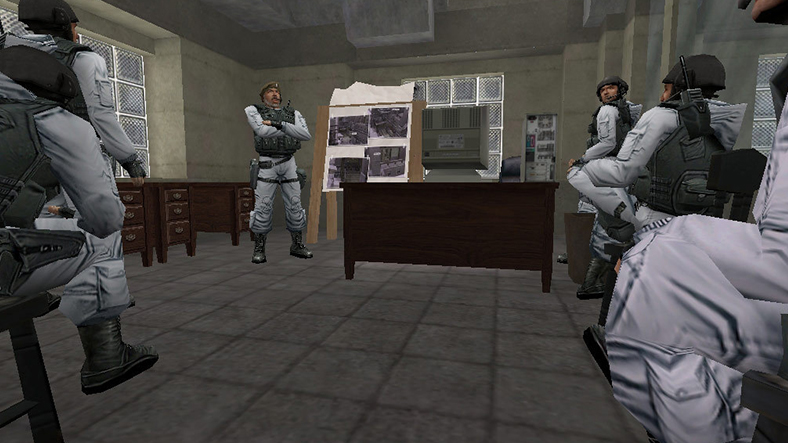
And finally the Counter-Strike: Condition Zero we all know
Valve realized that Counter-Strike: Condition Zero was a failure and decided to save whatever they could from it. To create a new version of Counter-Strike that will run on their new engine called Source Turtle Rock Studios They hired another studio called Turtle Rock Studios then released the game we all know about: Counter-Strike: Source. (They are the team that also developed the Left 4 Dead series.)
How successful that game was, and To Counter-Strike: Global Offensive We know it caused. So while the development process for Counter-Strike: Condition Zero was challenging, it created an opportunity for Counter-Strike: Source to rise.
RELATED NEWS
We Revealed Who The Men On The Main Menu Of Counter-Strike 1.6 Really Are
The contents of Counter-Strike: Condition Zero made by Gearbox Software today, ‘Counter-Strike: Condition Zero Deleted Scenes’ You can play with a package published under the title.
